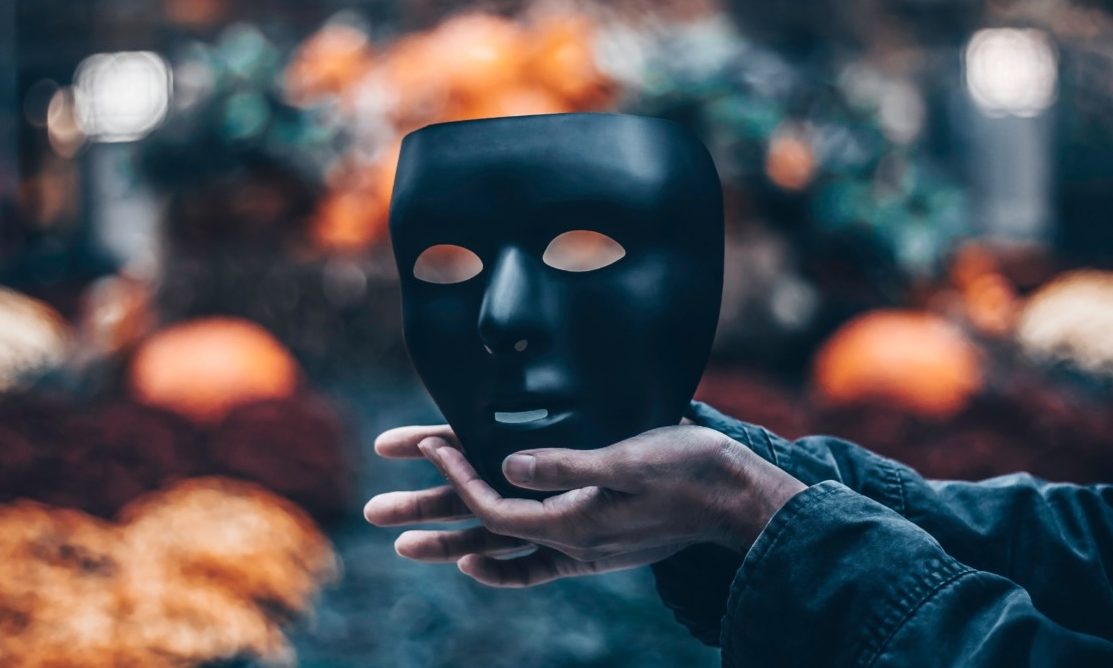Deepfakes are on the rise: the dangers they pose in a world of fake news
Gone are the days when postal votes were the primary concern of election meddling. Today the threat lies in “deepfakes” – false videos manipulated by Artificial Intelligence. With the 2020 US presidential elections around the corner, deepfakes hold the potential to throw the election cycle into confused chaos.
The word “deepfakes” combines the terms “deep-learning” and “fake”, referring to images doctored using advanced AI in order to produce strikingly convincing videos. The deep-learning system can produce a realistic counterfeit by studying photographs and videos of a person from different angles, then mimicking behaviour and speech patterns near identically.
At first glance the technology behind these uncanny copies of people’s faces, voices, and writing styles appears completely fascinating. However, there are serious concerns over its potential. It raises challenging questions regarding policy, legality, and responsibility.
To see the potential harm in such technology we need not look further than May of this year when an edited video of Nancy Pelosi, the speaker of the US House of Representatives, was released showing Pelosi seemingly slurring her words during a video conference. The video was far from the cutting-edge revolutionary technology of deepfakes – rather the product of rudimentary editing techniques applied by an avid Trump supporter – but it was believed none the less.
The clip received more than two and a half million views on Facebook alone and was shared on Twitter by both Rudi Giuliani, Donald Trump’s lawyer, and Trump himself. The incident was a hauntingly prophetic example of the potential for the spreading of misinformation at the hands of AI technology.
The technology behind deepfakes allows for purveyors of fake news to influence anything from pop culture to political elections
The impact of false reports to the democratic process was particularly evident in the leadup to the 2016 US presidential elections, in which the term “fake news” came into circulation following the spread of online misinformation that had disruptive implications for the US elections.
Deepfakes, however, bring a whole new meaning to fake news. What a deepfake does is make misinformation plausible – the “evidence” is right in front of you after all. The technology behind deepfakes allows for purveyors of fake news to influence anything from pop culture to political elections.
With the technology so readily available, monitoring the production of deepfakes is immensely difficult. The threat of this revolutionary technology raises the question: what can be done to control deepfakes? But more pressingly – whose responsibility is it to regulate them?
As it stands, there is little recourse following the release of a tampered video or audio. Laws that punish sharing legitimate private information like medical records don’t apply to false, yet potentially destructive, videos. The development of technology therefore calls for a review of current policies to adhere to the rapidly advancing technological climate.
The spreading of deepfakes is facilitated by social media, with the ease of sharing a fake news story at the press of a button. The Nancy Pelosi video demonstrated better than ever the mutually beneficial relationship between fake news and social media platforms. When a platform’s financial success is dependent on engagement time in order to generate ad revenue, a business’ integrity is inevitably compromised. Divisive, shocking, or controversial content is pushed to the top of the feed by social media algorithms, no matter its legitimacy.
the responsibility falls in the hands of the public to be more sceptical of news shared and be aware of the potential of deepfakes.
When the infamous video of Nancy Pelosi was released, Facebook refused to remove the video on the basis that its content policy does not require a post to be true. The reality is that such content is highly lucrative for social media platforms. As long as that logic is a financial incentive, and it is legal for social media platforms to profit off of viral deepfakes, sites such as Twitter and Facebook will remain a hub for the sharing of fake news.
Without the regulation of deepfakes, the US 2020 elections are at risk of becoming a flurry of fake news reports. Donald Trump admitting to Russian corruption, lhan Oma uttering an anti-Semitic slur, or Joe Biden revealing his intervention in Ukrainian policies in favour of his son’s position in foreign companies.
Until laws and policies are put in place to regulate the spread of fake news, and punish those that create it, the responsibility falls in the hands of the public to be more sceptical of news shared and be aware of the potential of deepfakes.

Comments